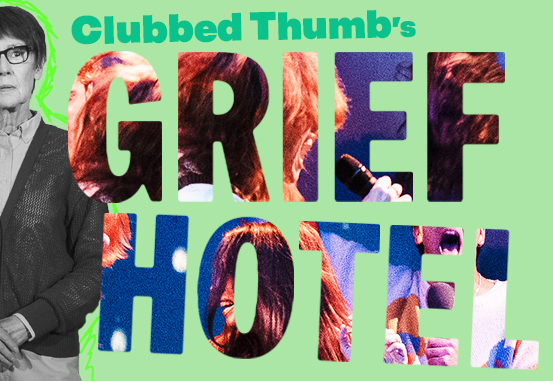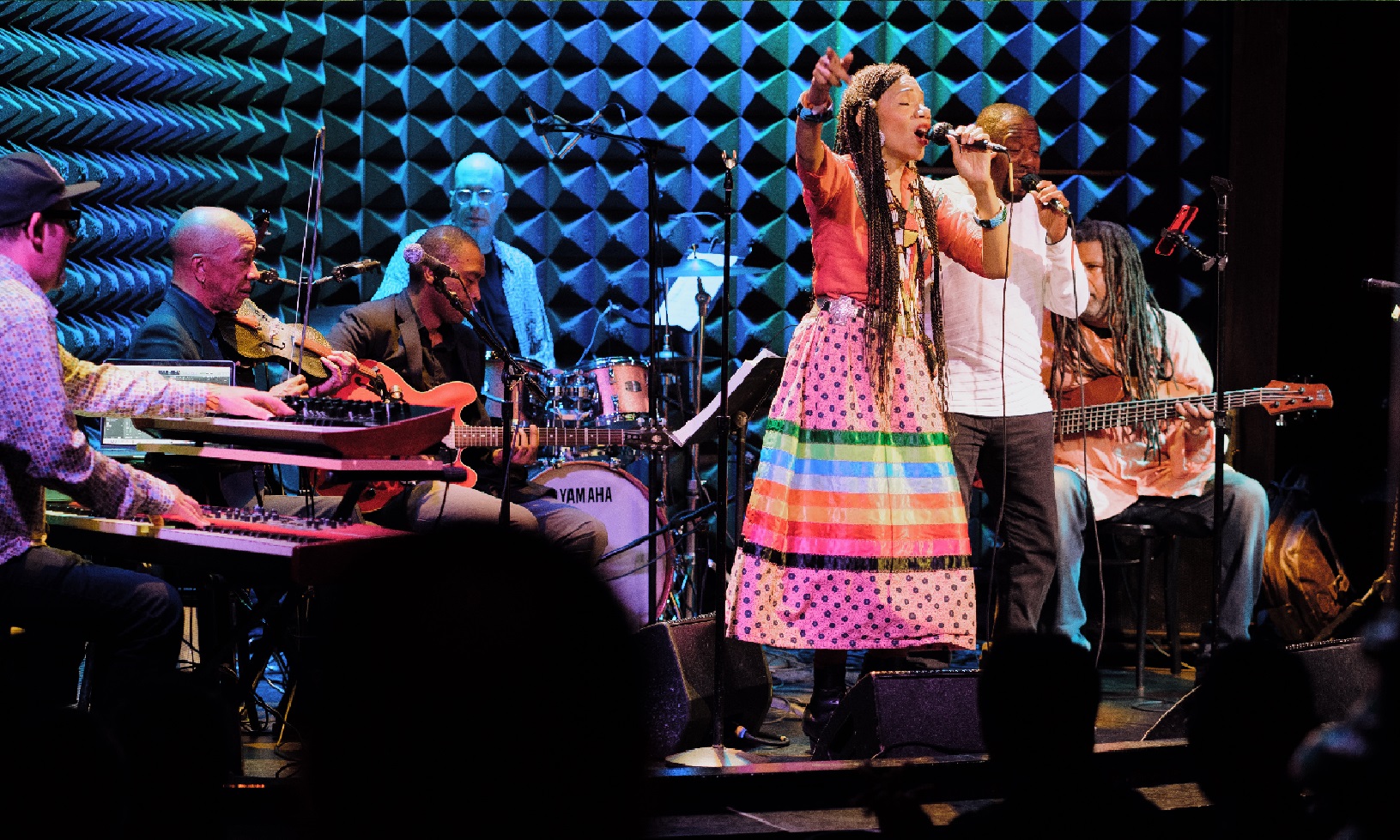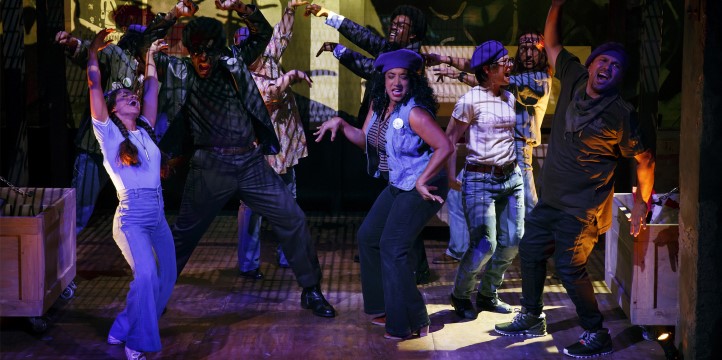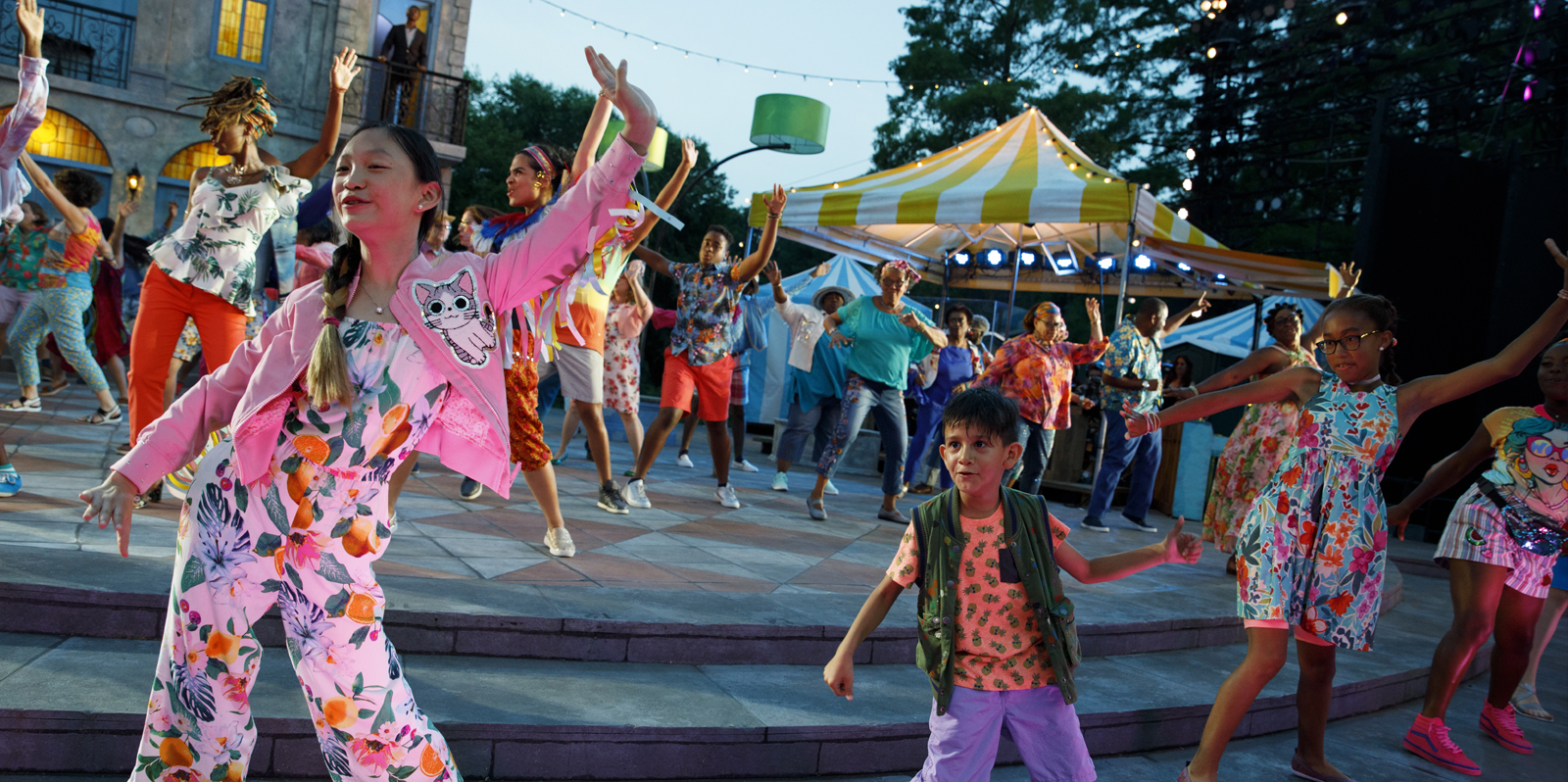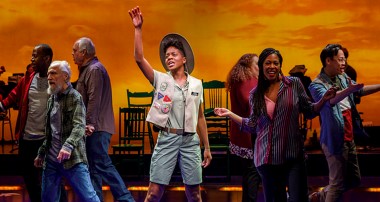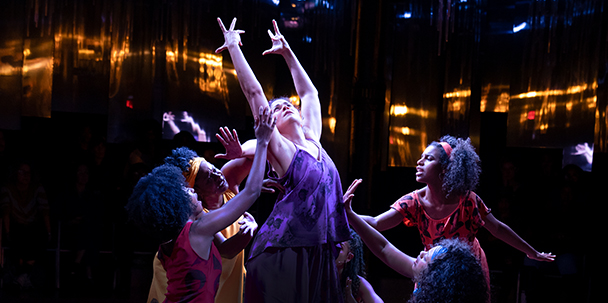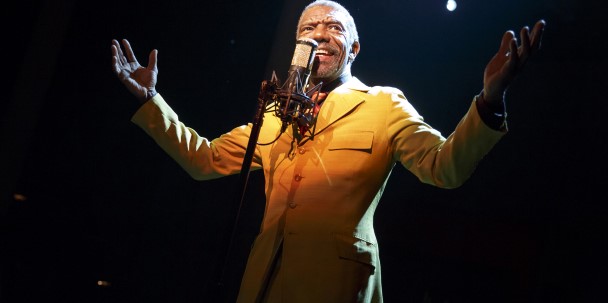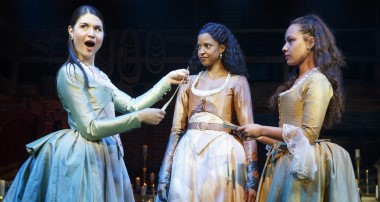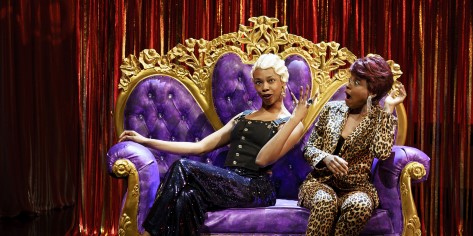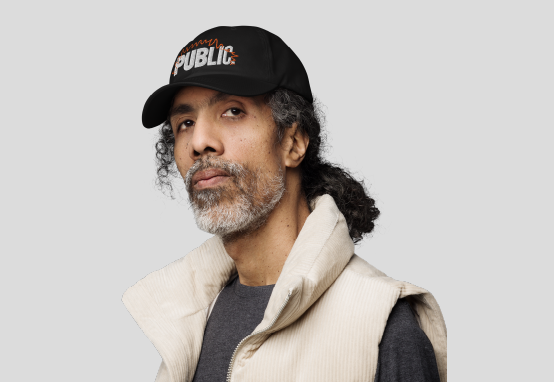A CONVERSATION WITH STEVEN VARGAS AND ADESOLA OSAKALUMI
It feels like liquid. Plum walks through the muckiest and murkiest water possible, letting each step feel as weighted and lulled as if dumbbells pulled each movement back. After all, murky is exactly how the water remains in Flint, Michigan. CULLUD WATTAH, the world premiere play by Erika Dickerson-Despenza and directed by Candis C. Jones at The Public Theater, sits in on the lives of a family of Black women in Flint, Michigan, who grow more concerned every day that their water supply remains dirty. As illnesses fester and a class action lawsuit arises, each person seeks their own way out. Movement Director Adesola Osakalumi shares how water informed the movement that made every scene more fluid and powerful.
Steven Vargas: One of the first things that came to mind was there's a lot of movement there behind the language. Can you tell me how you were able to utilize that language to put the movement on stage?
Adesola Osakalumi: I feel like Erika writes in such a visual way. In that regard, it made certain things easier because there was such a clear guideline as to how to address and how to approach it. I wanted to be naturalistic, and not move like traditional choreography. The play does have Afro-surrealist and Afro-futurist components, so there are dream-like elements. We played around a lot with suspension of time and small task-based gestures in terms of what the characters are trying to say throughout the course of the piece. But I wanted to do justice to what Erika wrote. She wrote something really beautiful and moving and a lot of what myself and my associate — who’s also my partner, Jill Vallery — really wanted to honor was the water concept. It’s about water, so a lot of the things that we did had water as a base. As we know, water adapts and morphs. It can be heated up and evaporate into steam and then become solid again, turning into ice, making it movable. So we used water and its elements to control how the characters move through the space.
SV: Can you give me an example of how water influenced some of the movement?
AO: There's an interstice when Plum is literally in a dream state, and we talked a lot about feeling like you're walking through muck. You're not going to be as fast as you would normally be because it's thick, but it does have a buoyant feel so you might have to exert a little more force to push through. As opposed to your normal stride or normal gait, your gait might be slower, it might be heavier, might be more weighted, but what does it feel like to walk through mud or quicksand as opposed to normal air?
SV: You mentioned that there are dreamlike moments where there's stillness; can you tell me about the power of having that stillness in the production?
AO: There are some times when we have what Erika calls lulls, which are spaces in her text where nothing happens. And we wanted to play around with the questions: what does it feel like when there is no movement? And how does that affect the body when we come out of that movement in a sharp, quick way? What does it feel like when a character is sitting and thinking about something and not moving and then the slightest movement takes on a much bigger meaning because there was stillness? As the saying goes, "still waters run deep" — back to how water influences us. So there's a lot of times where we have characters just take a slow look, a flick of a hand, a flick of a wrist, and then back into normal speed.
SV: Any last statements on the importance of movement in CULLUD WATTAH?
AO: We wanted all of the movement to be woven and natural, and really be shaped to each character's life experience, so there's a lot of collaboration that needed to happen. We felt that there are gestures, that there are subtleties in how we move, subtleties in how we raise our shoulders when we're uncertain about something, subtleties in how we tilt our head and lean forward when we're getting upset, and we wanted to play with those elements. So the hope is that a keen eye, I think, will be able to recognize these subtleties and think to themselves, "Oh, that's a movement moment that was shaped to be seamless with what the actors are doing." So we took really great focus to make sure that the actors were living in those small moments and in the bigger, more obvious dance movement moments as well.
CULLUD WATTAH is running at The Public Theater through Sunday, December 12.
Steven Vargas is an actor, dancer, and multimedia journalist based in Los Angeles whose work focuses on art for social change. His work has been featured in USA Today, Dance Magazine, BuzzFeed News, and more. You can read more about him at vargassteven.com .
This piece was developed with the BIPOC Critics Lab, a new program founded by Jose Solis training the next generation of BIPOC journalists. Follow on Twitter: @BIPOCCriticsLab.
Pictured: Adesola Osakalumi. Photo by Andres Otero.

